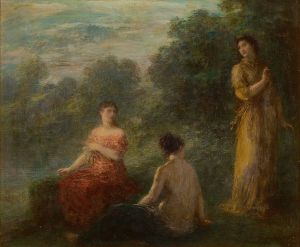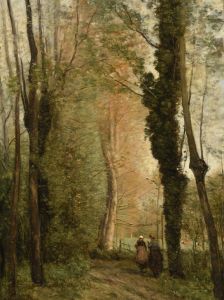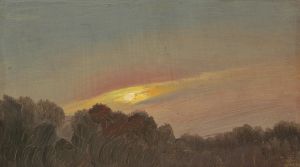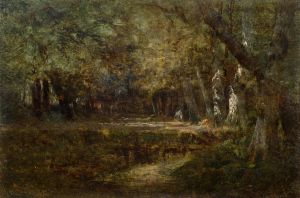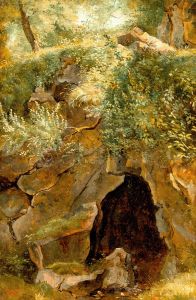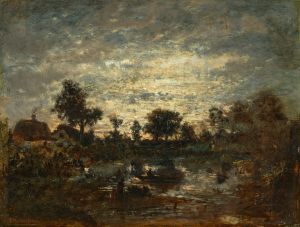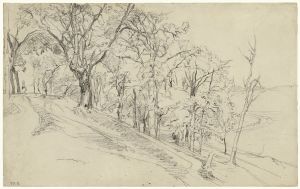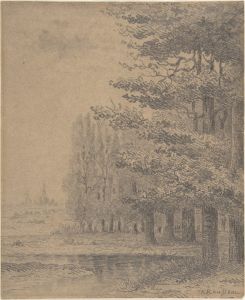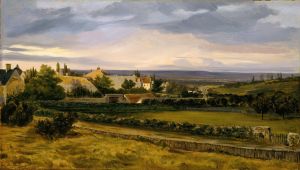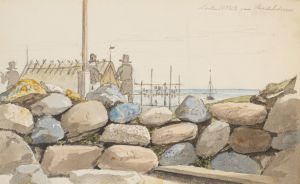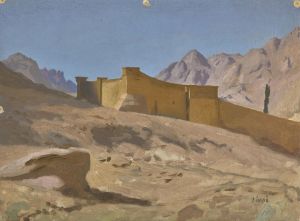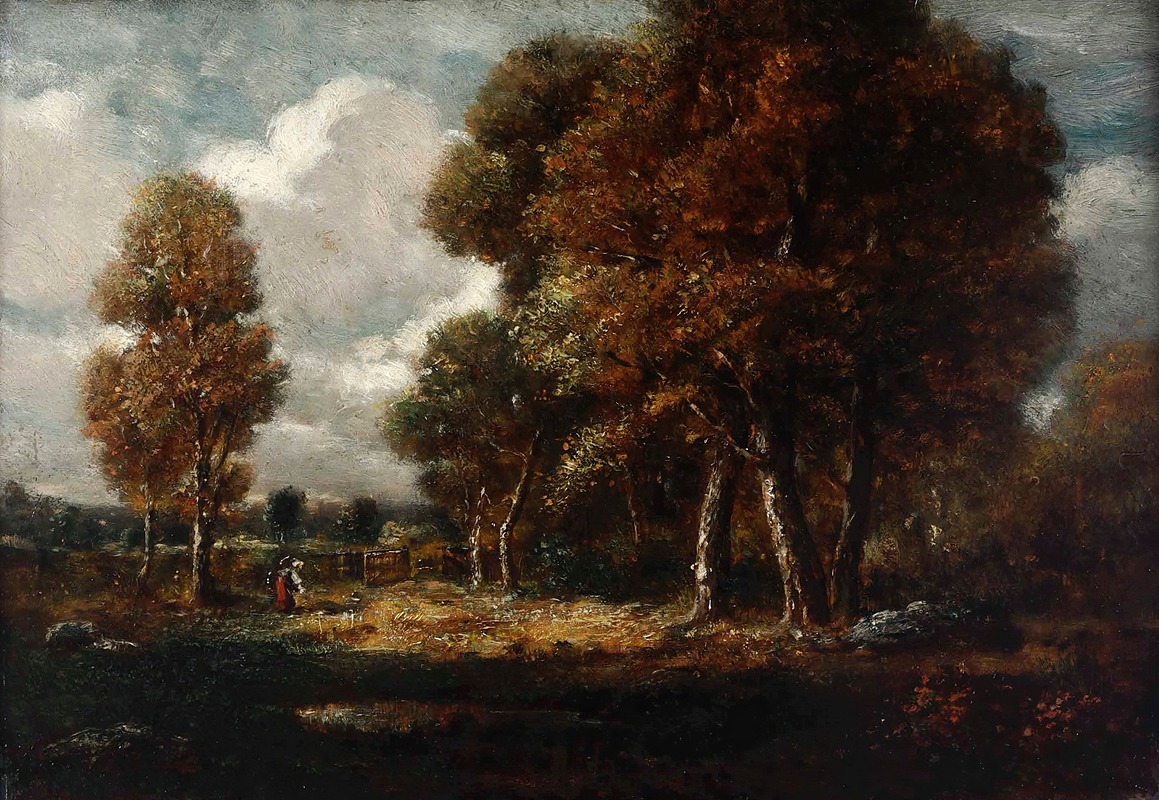
Landscape with Figures
A hand-painted replica of Théodore Rousseau’s masterpiece Landscape with Figures, meticulously crafted by professional artists to capture the true essence of the original. Each piece is created with museum-quality canvas and rare mineral pigments, carefully painted by experienced artists with delicate brushstrokes and rich, layered colors to perfectly recreate the texture of the original artwork. Unlike machine-printed reproductions, this hand-painted version brings the painting to life, infused with the artist’s emotions and skill in every stroke. Whether for personal collection or home decoration, it instantly elevates the artistic atmosphere of any space.
"Landscape with Figures" is a painting by the French artist Théodore Rousseau, who was a prominent member of the Barbizon School. The Barbizon School was a group of painters in mid-19th century France who were known for their realistic and detailed portrayal of rural landscapes and scenes of peasant life. Rousseau, born in Paris on April 15, 1812, is celebrated for his dedication to capturing the natural beauty of the French countryside.
"Landscape with Figures" exemplifies Rousseau's commitment to naturalism and his keen observation of nature. The painting features a serene rural scene, likely inspired by the forests and fields near the village of Barbizon, where Rousseau spent much of his time. The composition typically includes a vast expanse of sky, lush greenery, and a few human figures, which are often integrated harmoniously into the landscape. These figures are not the focal point but rather serve to enhance the scale and tranquility of the natural setting.
Rousseau's technique in "Landscape with Figures" reflects his meticulous approach to painting. He often worked en plein air, or outdoors, to capture the changing light and atmosphere of the landscape. This method allowed him to depict the subtleties of nature with great accuracy. His brushwork is detailed and precise, with a focus on the textures of trees, foliage, and the earth. The use of light and shadow in the painting creates a sense of depth and realism, drawing the viewer into the scene.
The Barbizon School, including Rousseau, was instrumental in the development of landscape painting in the 19th century. They moved away from the idealized landscapes of earlier periods and instead focused on the natural world as it appeared. This approach laid the groundwork for later movements such as Impressionism, which also emphasized the importance of capturing the fleeting effects of light and atmosphere.
Rousseau's work, including "Landscape with Figures," was initially met with resistance from the traditional art establishment in France. However, over time, his dedication to naturalism and his skillful execution won him recognition and acclaim. Today, his paintings are appreciated for their beauty and their contribution to the evolution of landscape art.
"Landscape with Figures" is housed in various collections, reflecting its significance in Rousseau's oeuvre and its appeal to art collectors and institutions. The painting continues to be studied and admired for its technical mastery and its evocative portrayal of the French countryside.
In summary, "Landscape with Figures" by Théodore Rousseau is a quintessential example of the Barbizon School's approach to landscape painting. It showcases Rousseau's ability to capture the essence of nature with precision and sensitivity, making it a valuable piece in the history of art.






